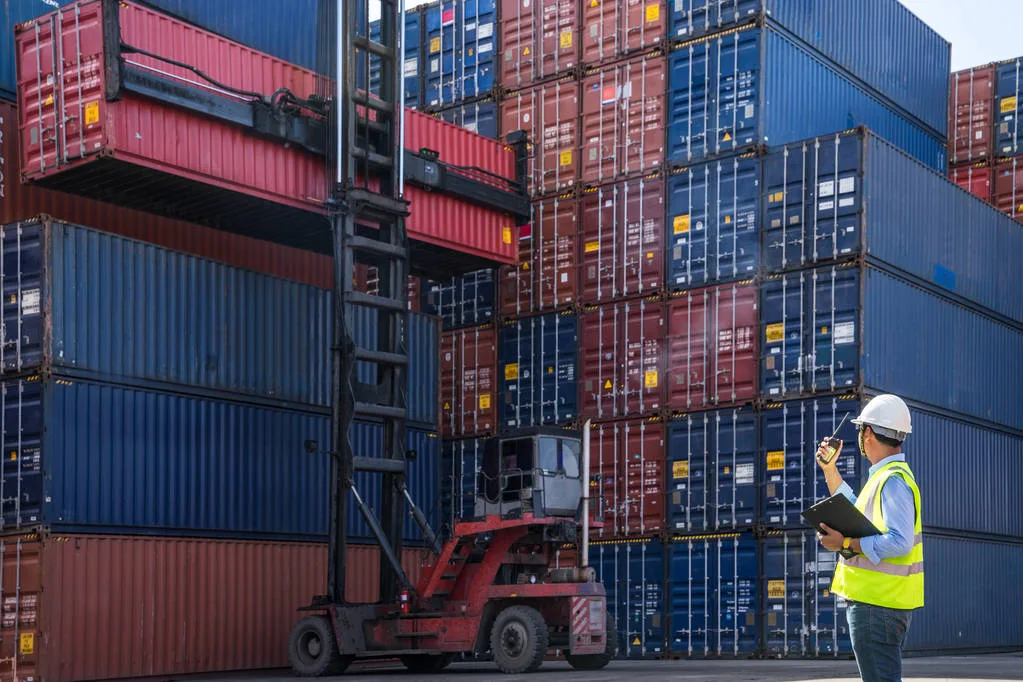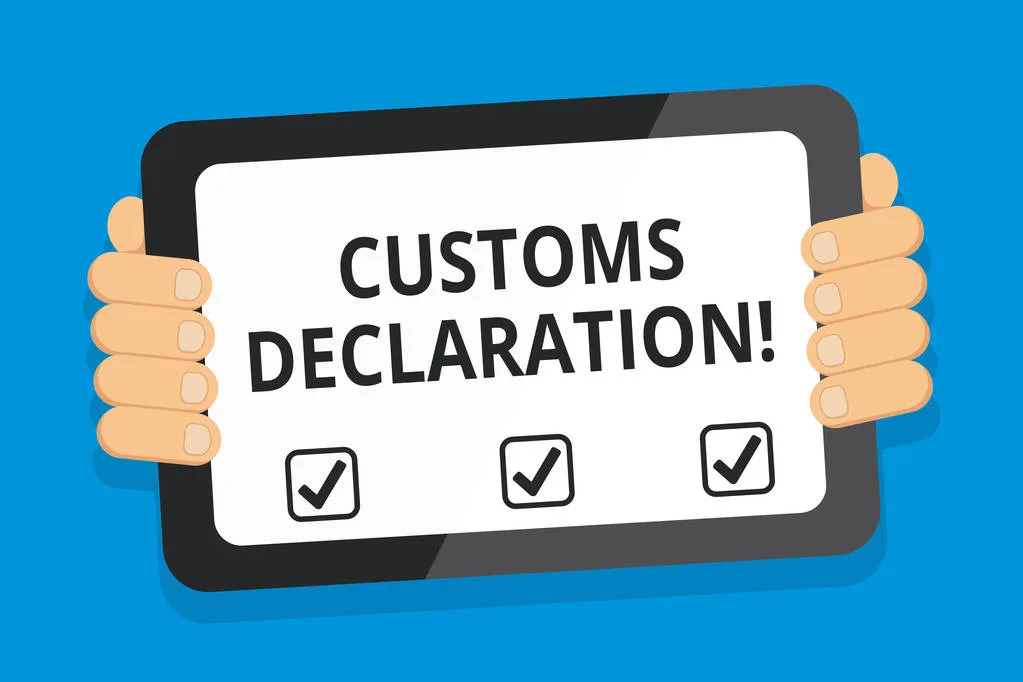With the development of economic globalization, the trade relationship between China and the Philippines has become increasingly close, and cargo transportation has become a key link connecting the economic activities of the two countries. This article will analyze in detail the various channels, costs, time and recommended routes for transporting goods from China to the Philippines, aiming to provide comprehensive guidance for companies and individuals engaged in international trade.
Transportation Channels from China to the Philippines
Sea Transportation
As the most economical mode of transportation, sea transportation is particularly suitable for large-scale, non-urgent cargo transportation. China has many international ports, such as Shanghai Port, Shenzhen Yantian Port, Ningbo-Zhoushan Port, etc., while the main receiving ports in the Philippines include Manila Port, Cebu Port and Davao Port. Sea transportation is not only low-cost, but also has a large carrying capacity. It is suitable for all types of goods, from ordinary dry goods to special goods such as refrigerated goods and dangerous goods.
Air Transportation
For goods with high timeliness requirements, air transportation is the first choice. China’s Beijing Capital International Airport, Shanghai Pudong International Airport, Guangzhou Baiyun International Airport, etc. all have direct flights or transit flights to Manila, Philippines, to ensure fast delivery. Although air freight is more expensive, its fast and punctual characteristics are very attractive for high-value or urgent goods.
Express Delivery Services
International express delivery services such as DHL, FedEx, and UPS provide fast delivery services for small packages from China to the Philippines, which are suitable for the rapid delivery of light and small items, samples or urgent documents. Although express delivery services are convenient and efficient, the cost is higher than that of sea and ordinary air transportation.
Shipping Costs from China to Philippines

Transportation costs are affected by a variety of factors, including cargo weight, volume, mode of transportation, destination port, and current market conditions.
Cost of Sea Shipping from China to the Philippines
The average cost of shipping a 20-foot standard container (TEU) is about 3150-3500, and the specific cost fluctuates according to the season and volume.
The average cost of a 40-foot standard container (FEU) is about 4850-5550, and the price of a high-cubic (HC) container will be higher.
Cost of Air Freight from China to the Philippines
Air freight costs are usually calculated per kilogram, ranging from 5 to 15/kg, depending on the volume weight of the cargo and the instant market price.

Shipping Time from China to the Philippines
Shipping Time by Sea from China to the Philippines
The shipping time from China to the Philippines is about 7-14 days, depending on the route, ship schedule, weather and other factors.
The port’s loading and unloading efficiency and customs clearance process will also affect the actual delivery time.
Shipping Time by Air from China to the Philippines
Air shipping greatly shortens the transportation time. Customs clearance and delivery can be completed in as fast as 3-5 days from major cities in China to the Philippines.
Shipping Time by Express from China to the Philippines
International express services typically offer the convenience of door-to-door delivery, with guarantees that shipments will reach their destination within a prompt timeframe of 3 to 7 working days, ensuring swift and reliable global logistics.
Transport Routes from China to the Philippines
Sea transport routes
Shanghai to Manila: This is one of the busiest routes, suitable for bulk cargo, with a voyage of about 7 to 10 days.
Shenzhen to Cebu: Suitable for exports in South China, with a voyage of about 8 to 12 days.
Air transport routes
Guangzhou to Manila: Suitable for fast transportation, direct flights take about 2 hours, plus customs clearance and delivery, the total time is about 3 to 5 days.

Documents for Shipping from China to the Philippines
When shipping goods from China to the Philippines, a series of documents need to be prepared to ensure smooth customs clearance and delivery. The following is a list of the main documents required:
Commercial Invoice: This is one of the most important documents. It lists the information of both parties to the transaction, description of the goods, quantity, price, country of origin and other key information.
Bill of Lading (B/L): The ocean bill of lading is the certificate of ownership of the goods and the evidence that the goods are carried. The bill of lading will indicate the shipper, consignee, details of the goods, port of shipment, port of destination and other information.
Packing List: It lists the contents, quantity, weight, volume, etc. of the goods in each package in detail, which helps to check the goods during customs clearance.
Philippine FE Certificate of Origin: It confirms the origin of the goods and is an important document required by the Philippine Customs to help enjoy specific tariff preferences or comply with import restrictions.
Customs Declaration: It is filled out by the exporter or his agent, contains detailed information of the goods, and is used to declare the export to the Chinese Customs.
Export License: Depending on the type of goods, certain goods may require a specific export license or other official approval documents.

Dangerous Goods Declaration: If the goods are dangerous goods, a dangerous goods declaration that complies with international regulations must be provided.
Inspection Report or Health Certificate: For food, agricultural products, etc., relevant inspection and quarantine certificates or health certificates may be required.
Consignee’s Information: Includes details such as the consignee’s full name, address, phone number, etc. for customs clearance and delivery of goods.
Insurance Certificate (if applicable): Proof of insurance for the goods, especially when shipped on CIF (cost, insurance and freight) terms.
It is very important to ensure that all documents are accurate and in compliance with Philippine Customs regulations. Incorrect or missing documents may result in customs clearance delays, fines, or goods being returned, adding additional costs and time. Therefore, it is wise to work with an experienced ส่งสินค้า or logistics company to review and prepare documents before the goods are shipped.

